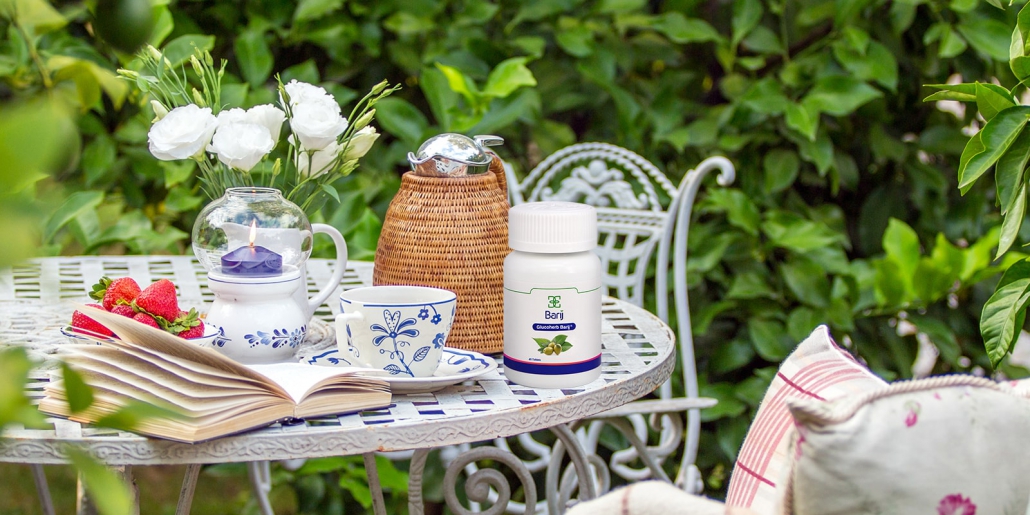Due to the increase (doubling) of glucose uptake by yeast cells and inhibition of intestinal absorption of glucose (approximately 49%) in rat intestine, the anti-diabetic effects of the drug have been identified.
In addition, compared to positive control, 2-3 weeks of treatment in streptozotocin-induced diabetic rats significantly reduced blood sugar (from more than 400 50 50 mg / dL to 210 22 22 mg / dL, p <0.001 And a significant improvement in glucose uptake in the glucose tolerance test.
Also, in 16 volunteers aged 48-67 years, with a recent diagnosis of type 2 diabetes who were on only diet, taking 3 tablets a day for 4 weeks significantly reduced the basal blood sugar level from 290 40 40 mg / dl. 210 20 20 mg / dl was used in the first week.
At the beginning of the study, the blood sugar of a group of 11 participants was less than 300 and in the rest more than 300 mg. Clinically, in the first group, acceptable glucose levels were obtained during 2-3 weeks of treatment and in the second group during the fourth week of treatment and no side effects were reported.
In addition, a significant decrease in HbA1C (from 8.2 03 1.03 to 6.9 94 0.94) was observed in 6 patients.
The results of this study showed the safety of use, acceptability and effectiveness of the herbal composition of the drug, which seems to have a different mechanism for regulating glucose homeostasis, but have a synergistic effect and cause a normal balance of blood sugar.
The possible mechanisms of the herbs used in this medicine may be as follows:
The main active ingredient in olive leaves is oleuropeoside, which at a dose of 16 mg / kg, in addition to lowering blood pressure and blood lipids, has a detectable hypoglycemic effect.
Walnut leaf tannins and polyphenols are powerful antioxidants and are responsible for the powerful accumulation of superoxide and hydroxyl radicals.
In an animal model of diabetes and obesity, saline has been shown to be a very effective anti-diabetic plant, as well as potentiating the effects of insulin.
Nettle extract has hypoglycemic effects and improves glucose tolerance.
In vitro experiments have shown that this drug facilitates the entry of glucose into yeast cells during anaerobic fermentation, which is attributed to the saline grass in the drug.
Nettle may reduce glucose production by the liver, while olive leaf oleuropein and walnut leaf tannins act as alpha-glucosidase inhibitors and reduce intestinal carbohydrate absorption.


 Rosemary Hair and Eyebrow Tonic Solution
Rosemary Hair and Eyebrow Tonic Solution
Reviews
There are no reviews yet.